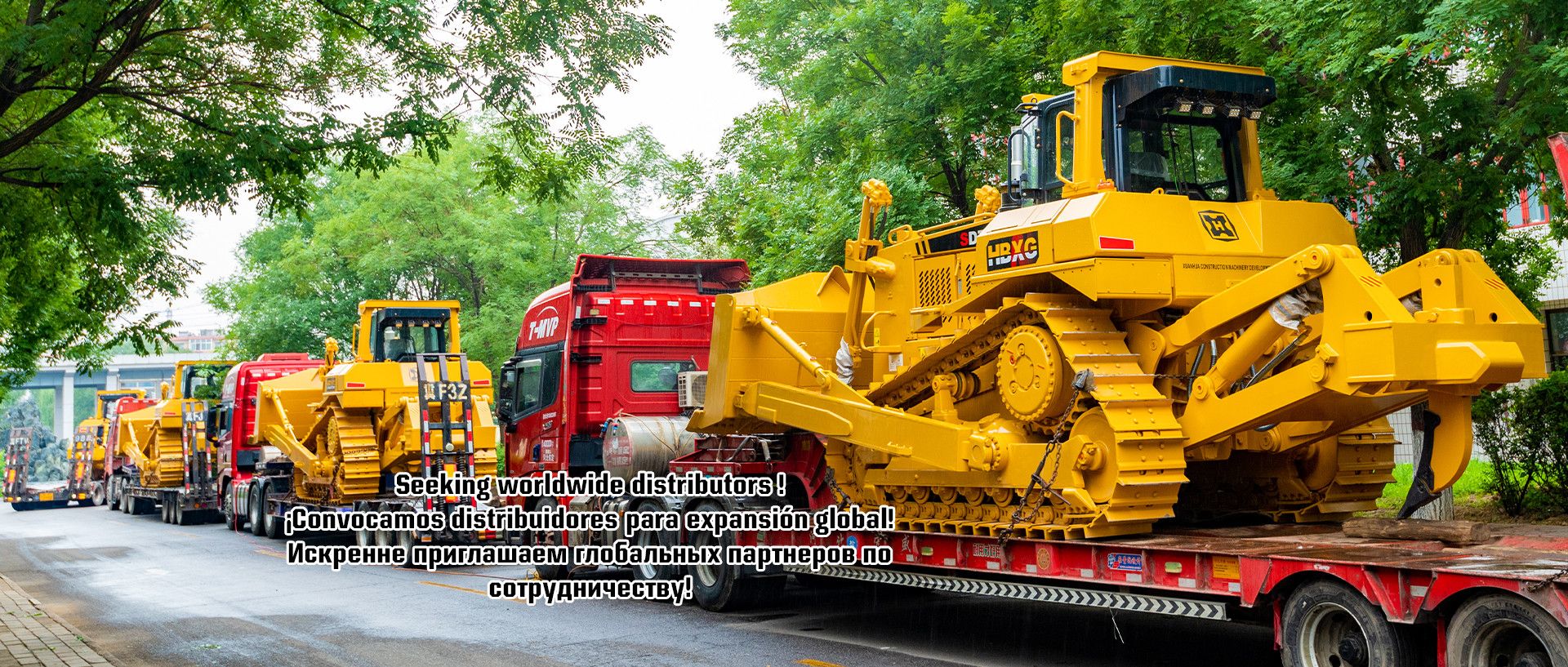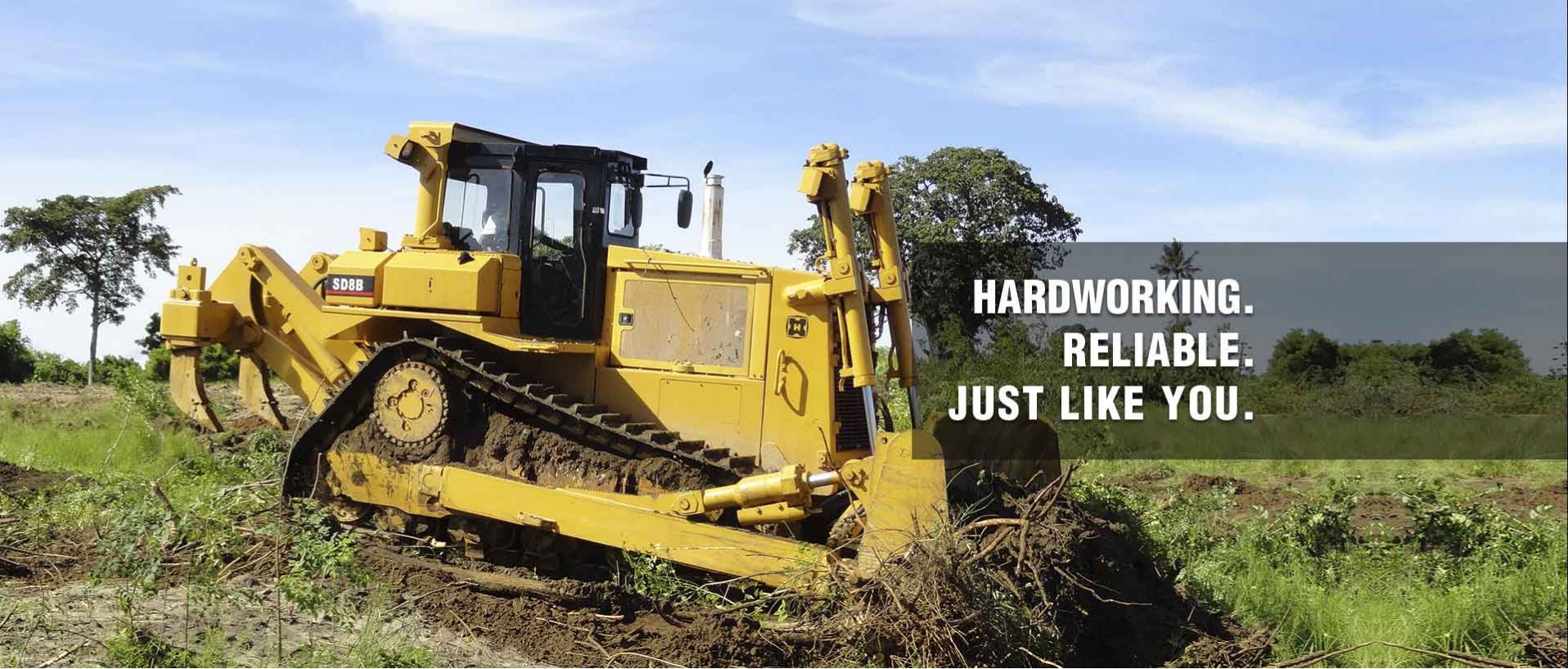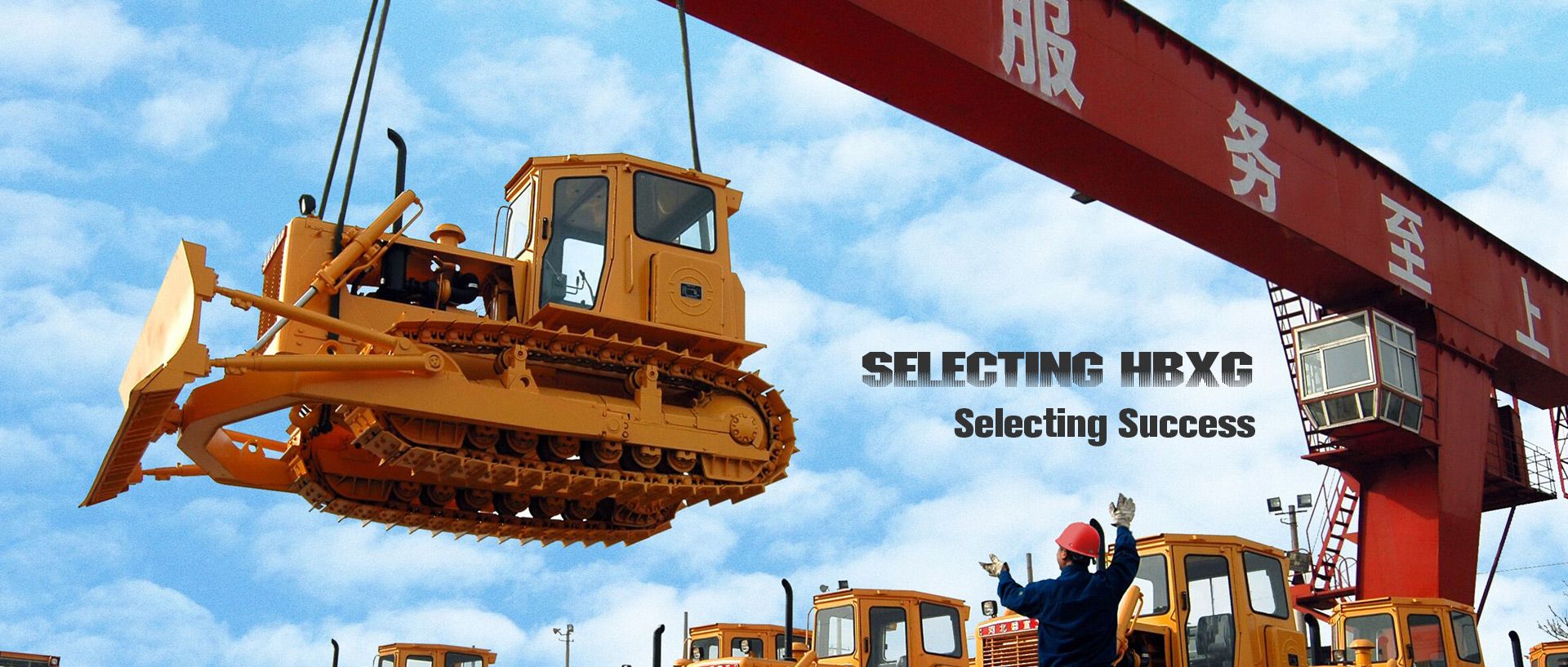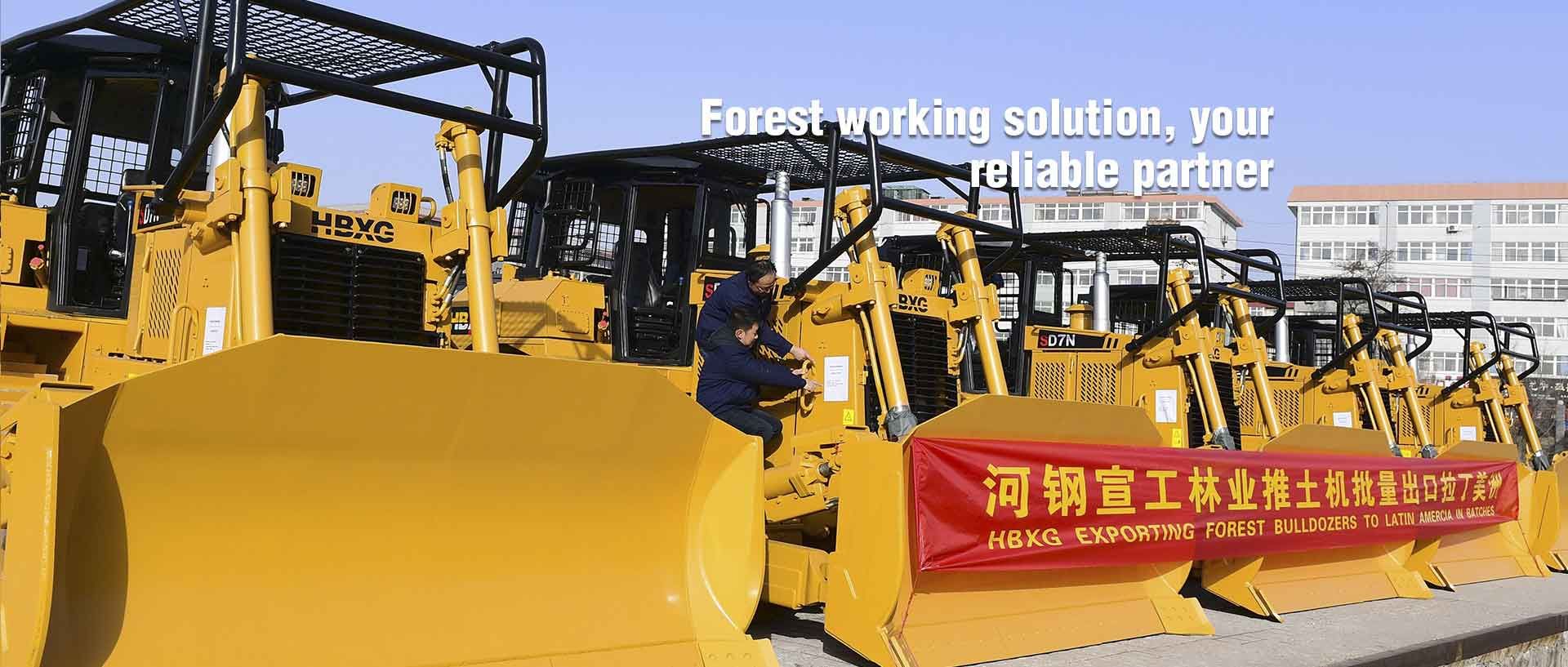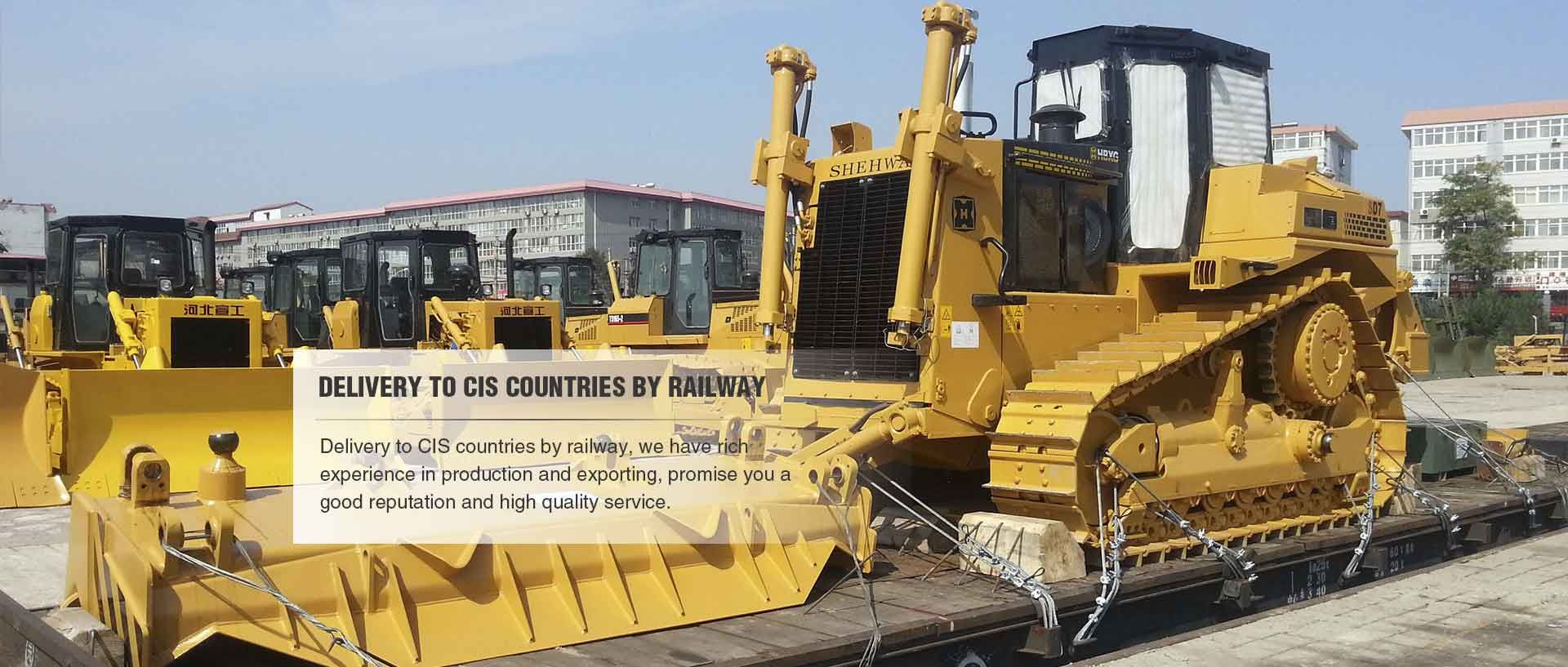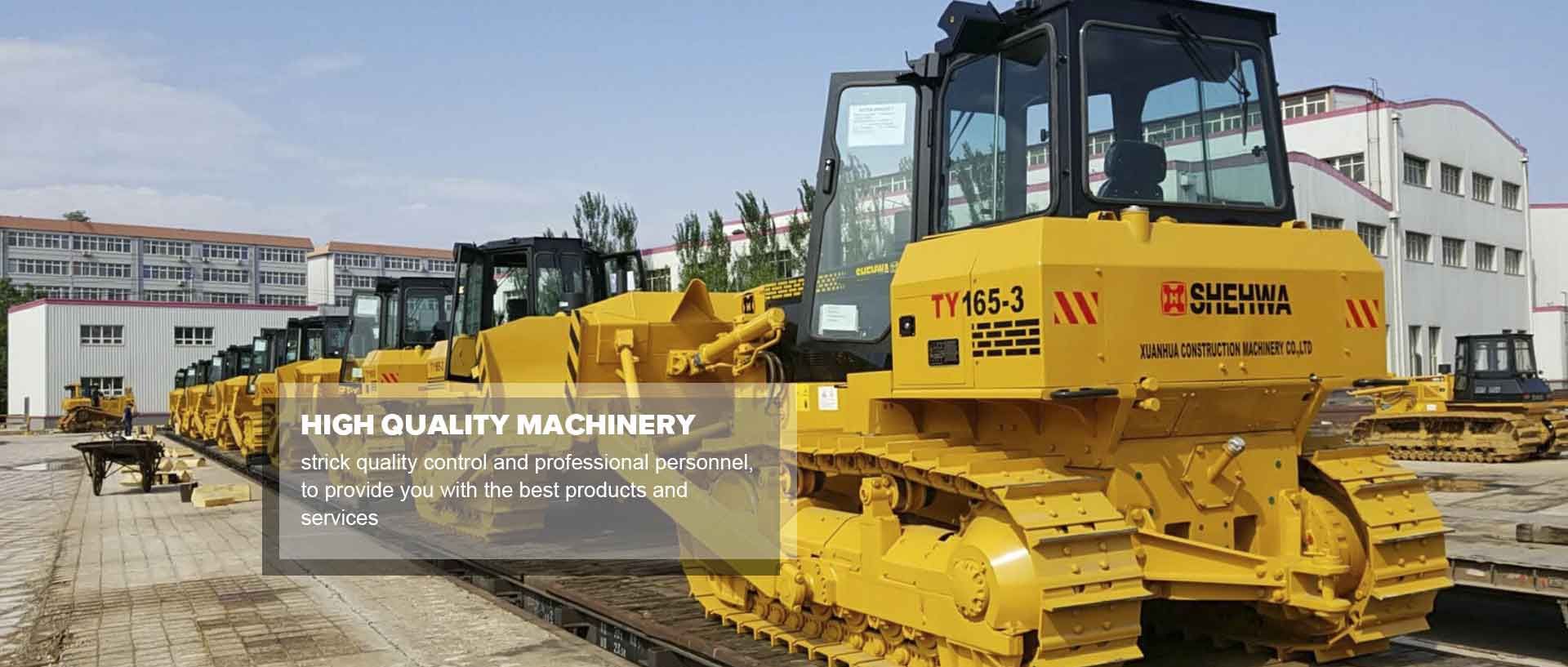4 Common Types of Cultivators
 Nov. 23, 2021
Nov. 23, 2021
Cultivators have been around since ancient times. The earliest forms of mid-tillers were hoes and hoes, used as early as 1800 B.C. for weed control. While the principle of disturbing the soil surface in order to create the ideal seedbed and/or growing area for the chosen crop remains the same, today's cultivators are very different from the simple types of machines used by the ancients.
What is a cultivator?
A cultivator is a machine that disturbs the top surface of the soil to prepare it into a smooth, loose, aerated seedbed and/or to kill weeds.
Cultivation is the practice of working or tilling the soil to increase aeration and water flow, and to destroy weeds and/or crop residues by uprooting or disrupting photosynthesis by burying. Increasing aeration and loosening the soil has many benefits, from promoting growth and better plant recovery during drought to reducing the amount of time water stands after heavy rains.
4 types of mid-tillers
1. Disc harrows
Although mid-tillers are usually secondary tillage machines, disc harrows with high weight per blade can also be used for primary tillage (opening up new land).
A disc harrow is a set of discs that are mounted under the frame and pulled by a drawbar or, in the case of smaller speed discs, mounted to a 3-point linkage.
They are well suited for rocky ground where a sturdy tool is needed to withstand these conditions, or to cut into thatch-covered ground where the blade can cut through multi-grained plants.
2. Chain Rakes
They are a pattern of small tines and chains designed to break up and knock down larger clods of soil left by the channels of larger and heavier tillage equipment, such as spring or rigid tine mid-tillers or disc harrows. These are sometimes dragged behind a disc or spike-tooth mid-tiller.
3. Power harrows
Power harrows differ from other types of cultivators because they are driven by the PTO. They do not rely on the forward speed of the tractor to till the soil, the blade rotor rotates vertically, usually using a gear system from a central gearbox, which processes the soil into a fine seedbed.
Rototillers work similarly to power harrows, but instead of vertically mounted spiked tines, they have a drum with spiked tines that rotate. This does cause some soil inversion at the top, as each rotation of the drum digs up the soil.
4. Hard-tine mid-tillers
Stiff-tined mid-tillers, also known as chisel plows, have rigid legs attached to the main frame, usually with some sort of spring protection system.
They are used for deeper plowing than pop-tine mid-tillers and do not invert the soil. Chisel plows can be used as an alternative to plows because they can loosen the soil to a similar depth.
Finding the right mid-tiller can be a daunting task, and many farmers must go through costly iterations to find one.
If you need to buy cultivators, send us a message today and get the quote.















